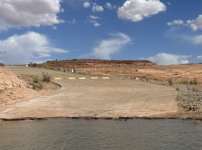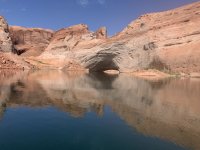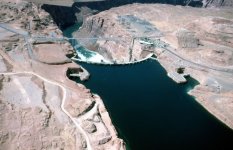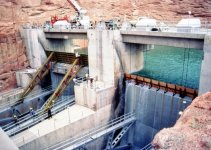Wood Zeppelin
Member
- Joined
- Feb 9, 2016
- Messages
- 362
- Reaction score
- 0
- C Dory Year
- 1997
- C Dory Model
- 22 Angler
- Vessel Name
- C-Creature
Sorry- by "rainfall" I mean annual precipitation, which includes the snow.
Thataway - the answers are within the sources I posted. The damn building frenzy is mentioned in the books. I recall hearing that a very large proportion of all US dams were built within few decades. Because I don't remember what page or chapter, there's also this:
"The US went on its own dam-building frenzy between the 1920s and 1960s — before many of the full impacts of dams were well understood. Today, there are more than 79,000 dams across the country, and some have caused major problems. So, in recent decades, the US has removed about 1,000 of them, often at great expense.
The reasons varied. Some dams, by turning free-flowing rivers into stagnant reservoirs and disrupting flow and sediment regimes, ended up destroying whole ecosystems. The Elwha River in the Pacific Northwest, for instance, lost 90 percent of its salmon after being dammed up. Other dams turned out to be extremely expensive to maintain over the years, and many simply weren't worth the cost."
https://www.vox.com/2014/10/28/7083487/ ... -good-idea
Thataway - the answers are within the sources I posted. The damn building frenzy is mentioned in the books. I recall hearing that a very large proportion of all US dams were built within few decades. Because I don't remember what page or chapter, there's also this:
"The US went on its own dam-building frenzy between the 1920s and 1960s — before many of the full impacts of dams were well understood. Today, there are more than 79,000 dams across the country, and some have caused major problems. So, in recent decades, the US has removed about 1,000 of them, often at great expense.
The reasons varied. Some dams, by turning free-flowing rivers into stagnant reservoirs and disrupting flow and sediment regimes, ended up destroying whole ecosystems. The Elwha River in the Pacific Northwest, for instance, lost 90 percent of its salmon after being dammed up. Other dams turned out to be extremely expensive to maintain over the years, and many simply weren't worth the cost."
https://www.vox.com/2014/10/28/7083487/ ... -good-idea




